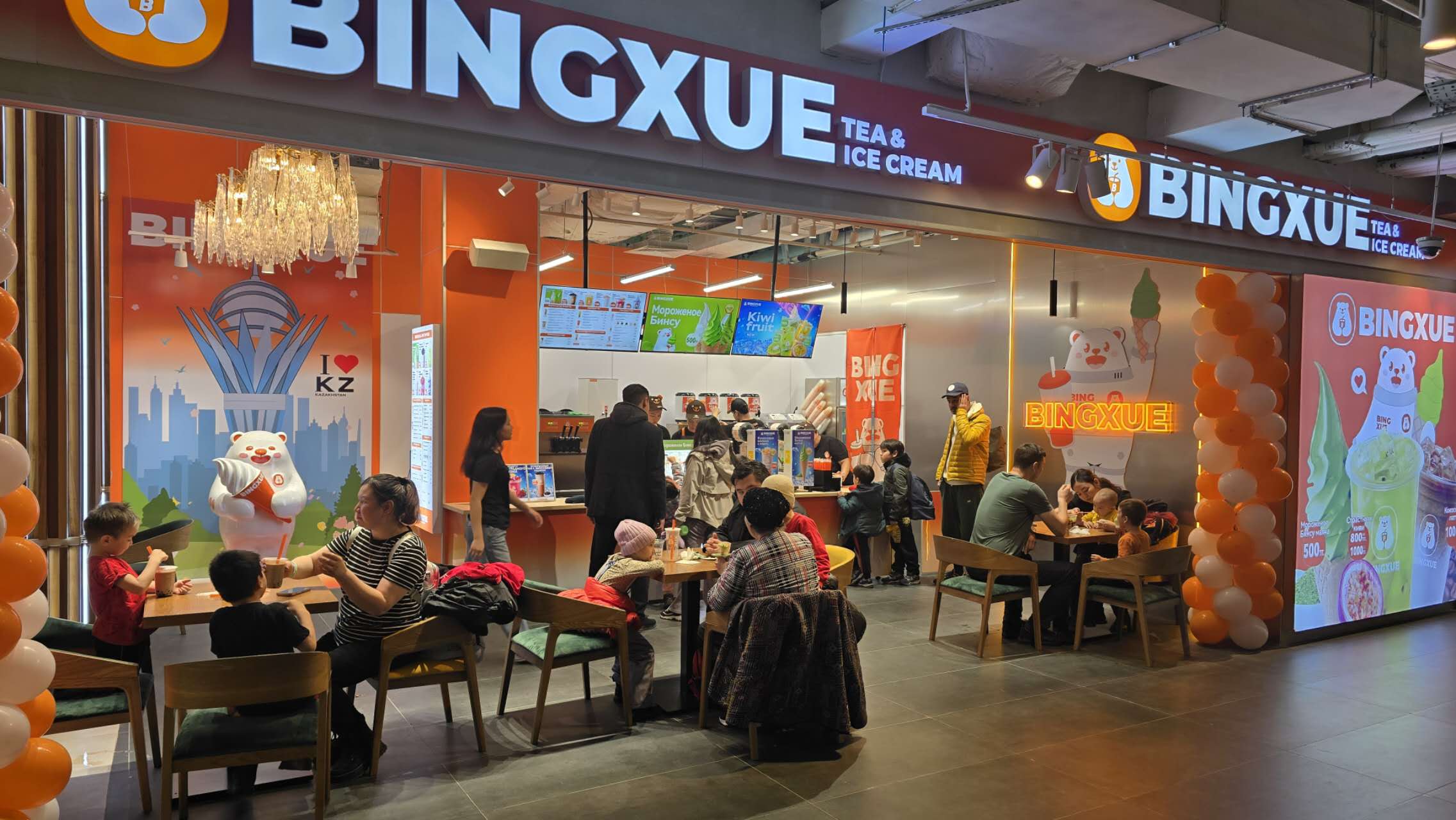

On the crowded streets of Mong Kok, Hong Kong, a fresh blue-green sign has quietly become a new check-in point for young people. On April 7, 2025, mainland tea giant Ice and Snow Time landed its first strategic pawn in this Asian consumption highland. This brand, which swept across the mainland with its "high-quality and affordable prices," is using its unique business philosophy to deconstruct the inherent pricing system of the Hong Kong tea beverage market. While local brands still adhere to the HKD 30 price band, Ice and Snow Time has redefined "light luxury tea beverages" as "daily enjoyment" with a more aggressive pricing strategy.
The shop on Bi Street in Mong Kok has become a pivot for the Hong Kong market during the icy and snowy times. This golden triangle where white-collar workers commute, students gather, and tourists shuttle perfectly replicates the brand's location wisdom of "surrounding the city" in mainland China. Unlike simply pursuing traffic, Ice and Snow Time deliberately chooses the secondary commercial district near Mong Kok East Station, which not only avoids the sky high rent in the core area, but also achieves customer radiation through the MTR network. This layout strategy of "near the core rather than the core" preserves sufficient profit margin for its price advantage.
This hybrid model of "mainland research and development+Hong Kong presentation" makes every drink a perceptible "evidence of value". Young white-collar workers have discovered that by using the price of bottled beverages in convenience stores, they can obtain a sense of ritual in making handmade tea drinks - this cognitive subversion is the core password for the booming business.

At the marketing level, brands are abandoning the large-scale advertising campaigns commonly used in mainland China and instead focusing on KOC communication. By inviting local food bloggers to participate in the creation of 'hidden menus', we aim to stimulate the unique exploratory desire of Hong Kong people. This' de branding 'communication approach perfectly fits the instinctive vigilance of Hong Kong's young population towards commercial promotion.
The operational data for the first month of Ice and Snow Time Hong Kong has not been released yet, but the continuous long queue at its doorstep has become the best performance footnote. This case provides three lessons for mainland consumer brands to go global: cost-effectiveness does not equal affordability, and price concessions achieved through supply chain advantages need to be supported by visual quality improvement. Localization is not a compromise. While retaining the brand core, it thoroughly embraces the local lifestyle in terms of operational details. Site selection is strategy. When expanding across borders, a storefront is not only a sales point, but also a tangible declaration of brand value
Standing on the streets of Hong Kong, those young people holding ice and snow time paper cups may not realize that they are participating in a consumer rights movement. When the new tea drinks from mainland China bring the concept of "light luxury daily" to Hong Kong, it not only changes the taste experience, but also reshapes the definition of "value" in this international city. The next suspense is: what kind of new normal will the Hong Kong tea beverage market face when more new tea beverage players join the battle? This commercial evolution that began with a cup of milk tea has just opened its first chapter.


